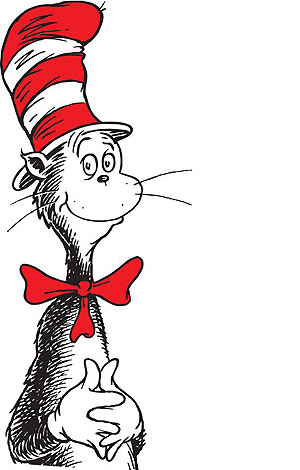In general, a well written book for young people includes a protagonist around the age of the intended reader or a year or two older, a subtle theme, main idea or human truth and it should inspire hope or some positive attitude by the end of the story although this is not a strict rule. A good children’s book is a book that appeals to children of various ages. It is written by a writer who respects his or her audience and who most often is deeply connected to children, childhood and the child within.
 | Unfortunately, this genre is also rife with misconceptions:
|
Thanks to the amazing success of Young Adult Fiction (which I'll discuss later in the month), supposedly one of the hot-hotter-hottest subgenres today is Middle Grade Fiction. This is fiction for third to sixth grade boys and girls, and runs between 20,000 and 40,000 words. In particular, publishers are supposed to be looking for books for boys...
The professional organization here is The Society of Children's Book Writers and Illustrators (SCBWI),the only professional organization specifically for those individuals writing and illustrating for children and young adults in the fields of children’s literature, magazines, film, television, and multimedia.

I write some YA, but higher end of YA. I'm sure I don't have the skill for middle grade or younger. It seems to me it would be a challenge to keep things at the right grade level because kids know when someone is talking down. That said, both my kids stayed in this range very briefly, jumping quickly to the stories that are more thought of as YA--possibly because there is a shortage of really good middle grade stuff and they had the skill to bump up.
ReplyDeleteHart, I agree writing middle grade or younger would be really tricky.
ReplyDeleteYou're also supporting my point. Thanks.
We need more middle grade!
Authors? :)